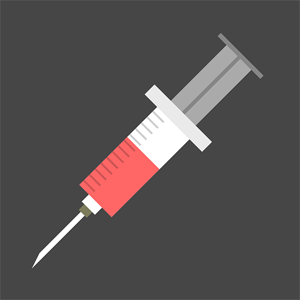A retrospective analysis of 47 procedures using a bioresorbable polycaprolactone based injectable for the treatment of mild to moderate stress urinary incontinence in adult females

Submitted: 3 January 2022
Accepted: 23 May 2022
Published: 10 June 2022
Accepted: 23 May 2022
Abstract Views: 1232
PDF: 356
Publisher's note
All claims expressed in this article are solely those of the authors and do not necessarily represent those of their affiliated organizations, or those of the publisher, the editors and the reviewers. Any product that may be evaluated in this article or claim that may be made by its manufacturer is not guaranteed or endorsed by the publisher.
All claims expressed in this article are solely those of the authors and do not necessarily represent those of their affiliated organizations, or those of the publisher, the editors and the reviewers. Any product that may be evaluated in this article or claim that may be made by its manufacturer is not guaranteed or endorsed by the publisher.
Similar Articles
- Kristina Crafoord, Jan Brynhildsen, Olof Hallböök, Preben Kjølhede, Pelvic organ prolapse and anorectal manometry: a prospective study , Urogynaecologia: Vol. 26 No. 1 (2012)
- M. Tamburello, V. Farruggia, S.M. Rubino, TWO CASES OF BLADDER PROLENE® TAPE EXPOSURE AFTER TVT PROCEDURE , Urogynaecologia: Vol. 16 No. 1 (2002)
- Pau Sarrio-Sanz, Ana Isabel Lopez-Lopez, Laura Martinez-Cayuelas, Luis Gomez-Perez, Manuel Angel Ortiz-Gorraiz, Jesús Romero-Maroto, Is pelvic organ prolapse correction with vaginal mesh suitable with a correct indication and protocolized follow-up? , Urogynaecologia: Vol. 34 No. 1 (2022)
You may also start an advanced similarity search for this article.

 https://doi.org/10.4081/uij.2022.283
https://doi.org/10.4081/uij.2022.283



